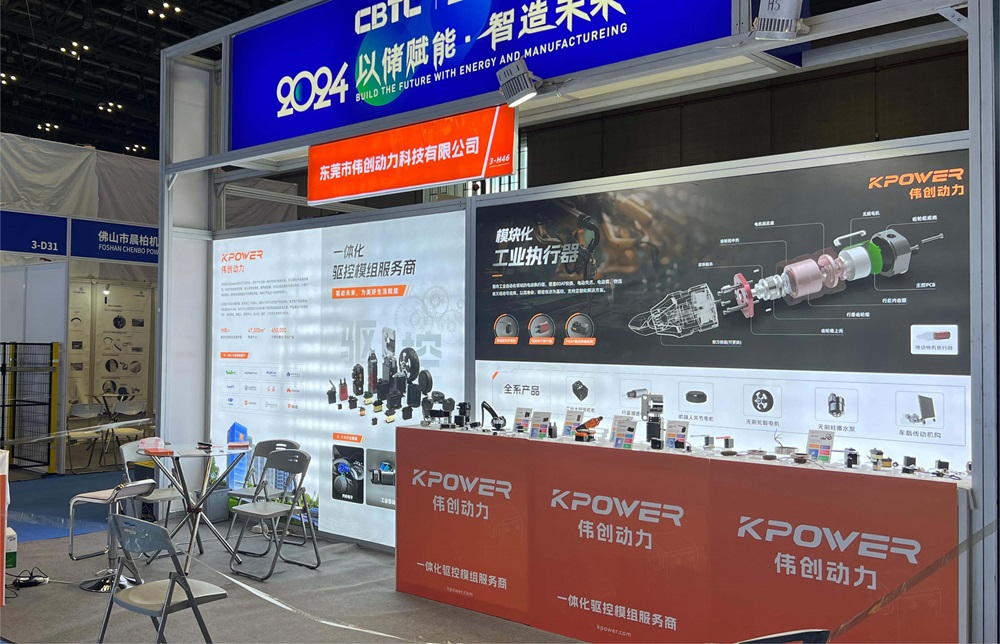Let’s talk about one of those buzzwords that keeps popping up in modern software design—CQRS, or Command Query Responsibility Segregation. Ever wondered how some microservices handle massive data loads without breaking a sweat? Well, CQRS is often the behind-the-scenes hero.

Imagine building an online shopping platform. You’re flooded with user requests—adding items to carts, placing orders, checking product availability. Traditional architectures bundle commands (actions that change data) and queries (requests for data) into one monolith. But that can get messy fast. CQRS breaks that chaos into two separate paths. Think of it as having a dedicated messenger for orders—who delivers commands—and a dedicated librarian—who handles reading data.
So, what’s the point? When you split commands and queries, commands can focus solely on writing data—like updating stock levels after a purchase—without interrupting the flow of user queries, such as browsing product info. It speeds things up significantly. Plus, it simplifies scaling. If the read side gets overwhelmed, just beef it up, no need to juggle the write operations that are critical and sensitive.
Now, I bet you’re wondering—does this mean I have to build everything twice? Not necessarily. It’s about structuring your microservices so each side can evolve independently. For example, your inventory system can become lightning-fast on reads, while your order processing stays solid on commands. And when you combine CQRS with event sourcing, you gain an audit trail of every change—like having a detailed diary of your app’s life.
Some may ask: isn’t this overkill for small projects? Likely so. But in scenarios where real-time data, heavy loads, and complex business logic collide—CQRS can be a lifesaver. Think of it like customizing a car: you don’t want all parts uniform; you need different engines for different tasks.
At the end of the day, understanding CQRS in microservices isn’t about memorizing jargon. It’s about seeing whether your app’s workload can benefit from specialization. When performance and scalability matter, this pattern starts making more sense than a one-size-fits-all approach. Everything’s about making your systems more agile, more responsive, more ready for the future.
So, if you’re building that next-gen application, consider CQRS—divide and conquer the data chaos. Your users will notice the speed, and your team will thank you for a cleaner, more maintainable codebase.
Established in 2005, Kpower has been dedicated to a professional compact motion unit manufacturer, headquartered in Dongguan, Guangdong Province, China. Leveraging innovations in modular drive technology, Kpower integrates high-performance motors, precision reducers, and multi-protocol control systems to provide efficient and customized smart drive system solutions. Kpower has delivered professional drive system solutions to over 500 enterprise clients globally with products covering various fields such as Smart Home Systems, Automatic Electronics, Robotics, Precision Agriculture, Drones, and Industrial Automation.




































